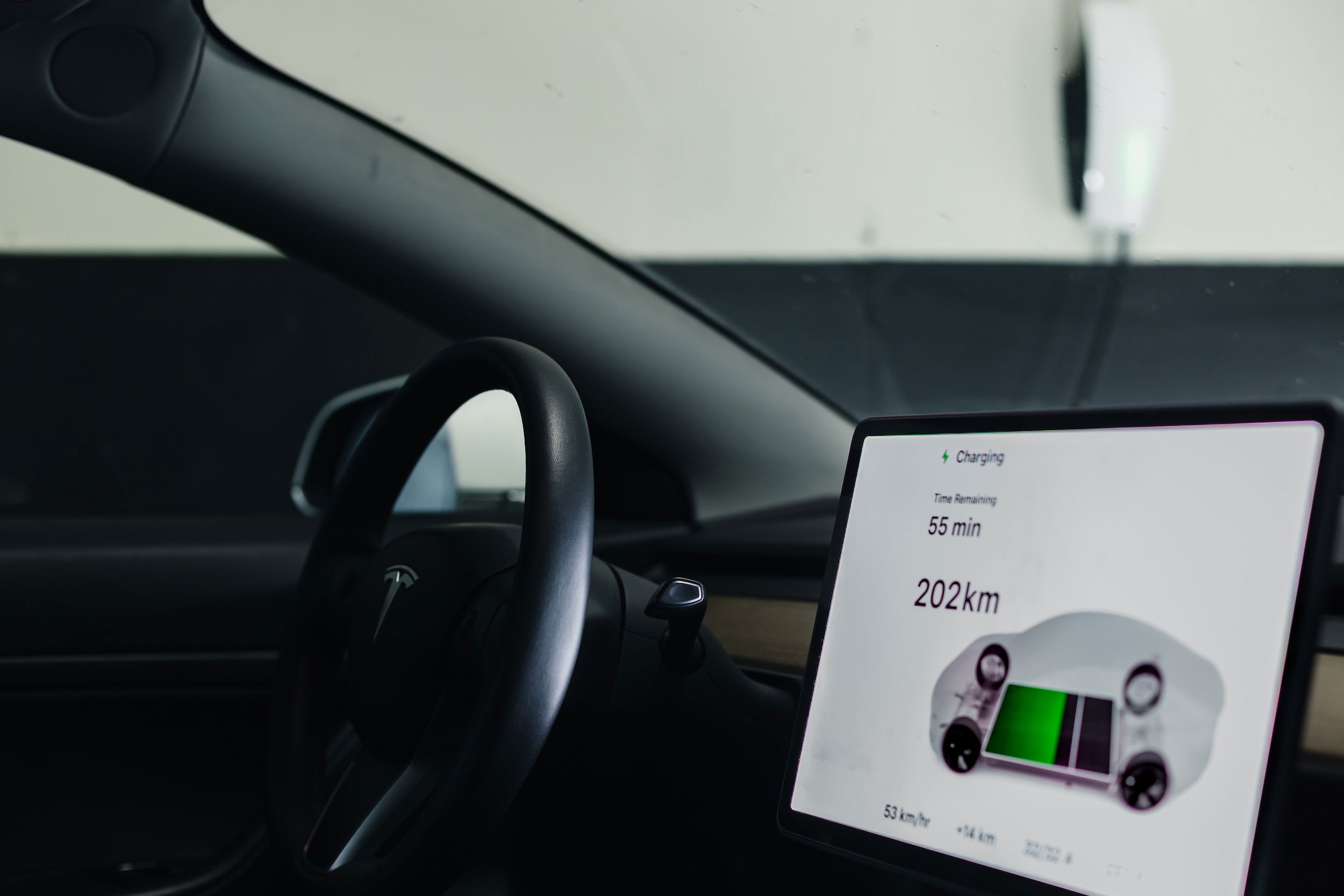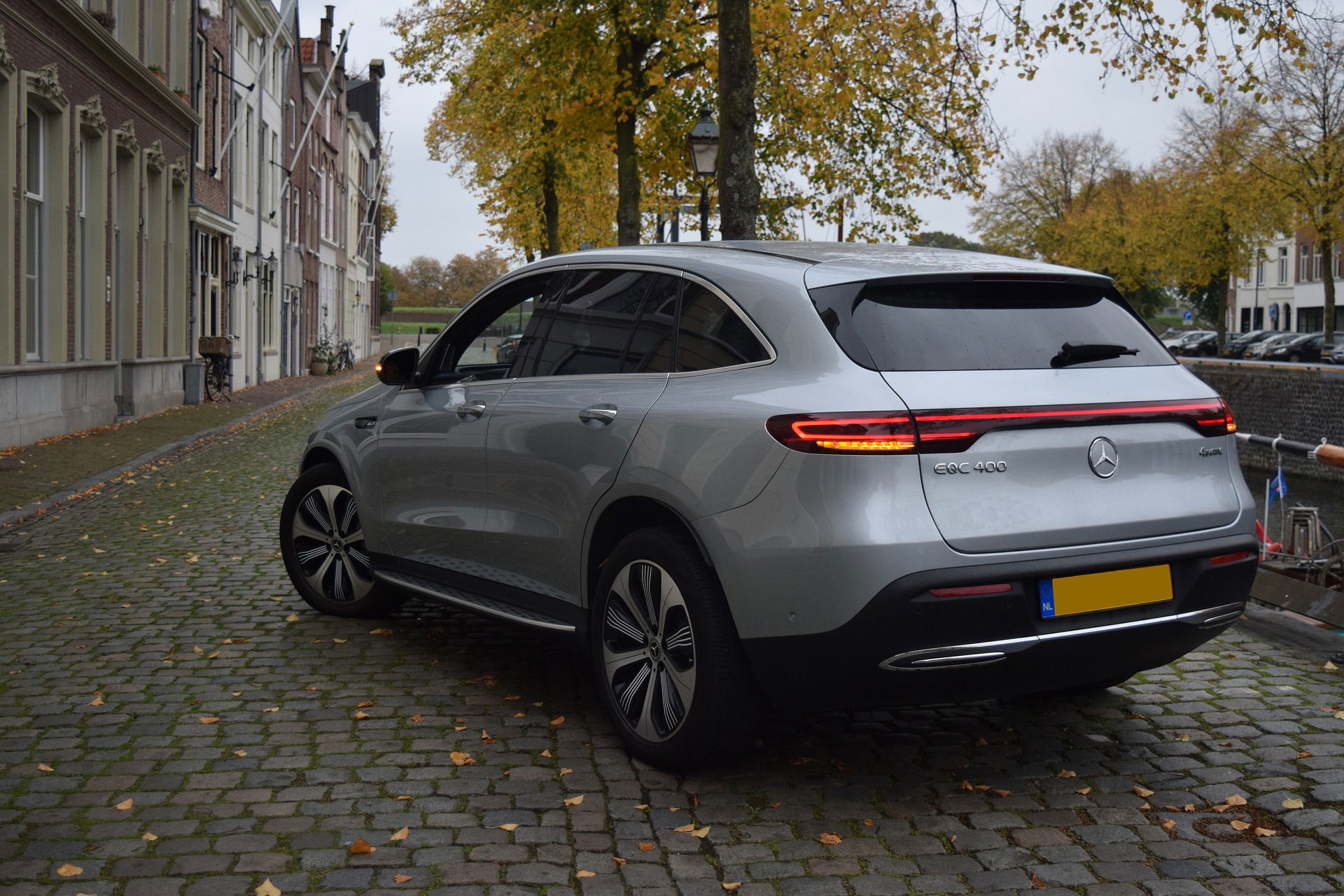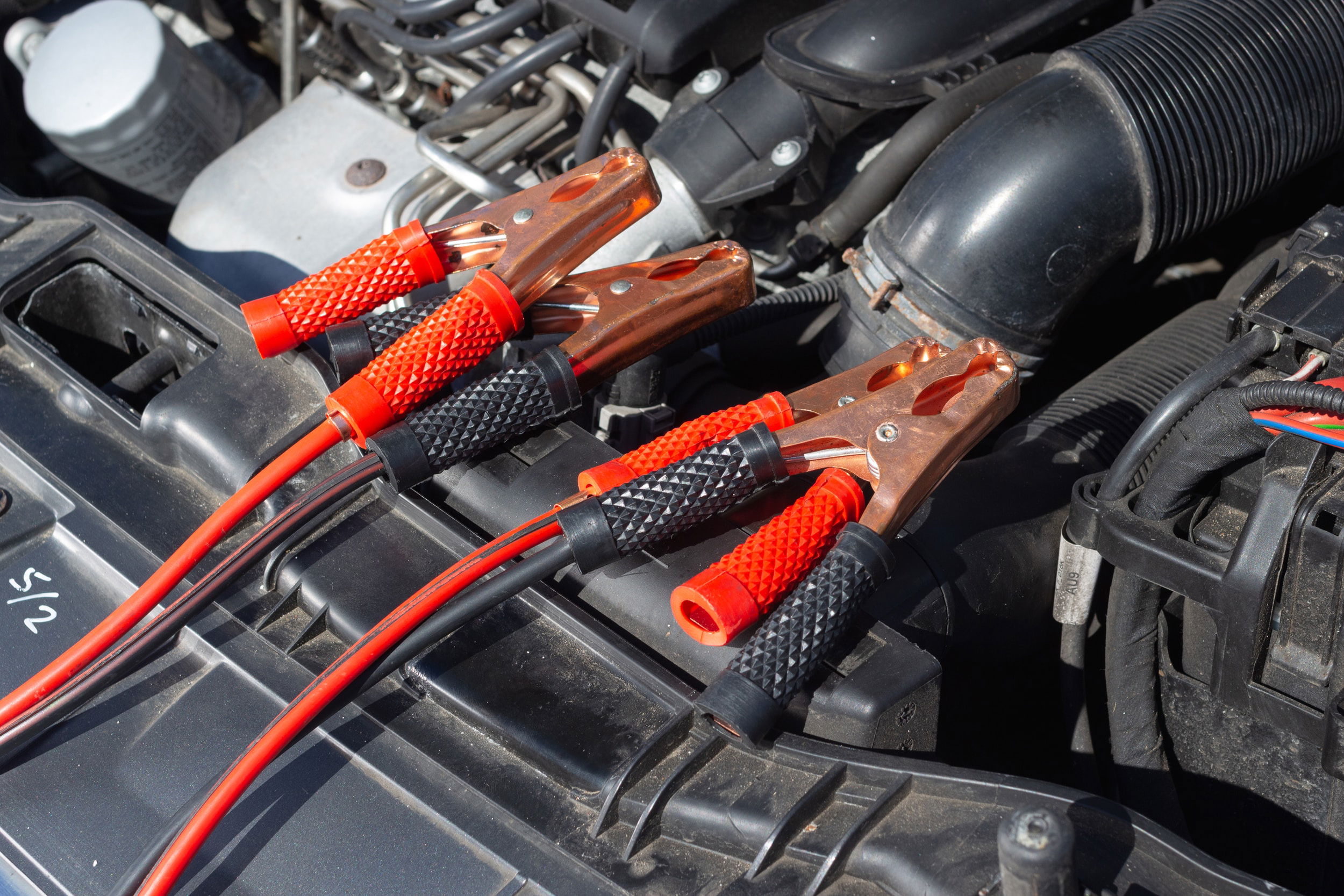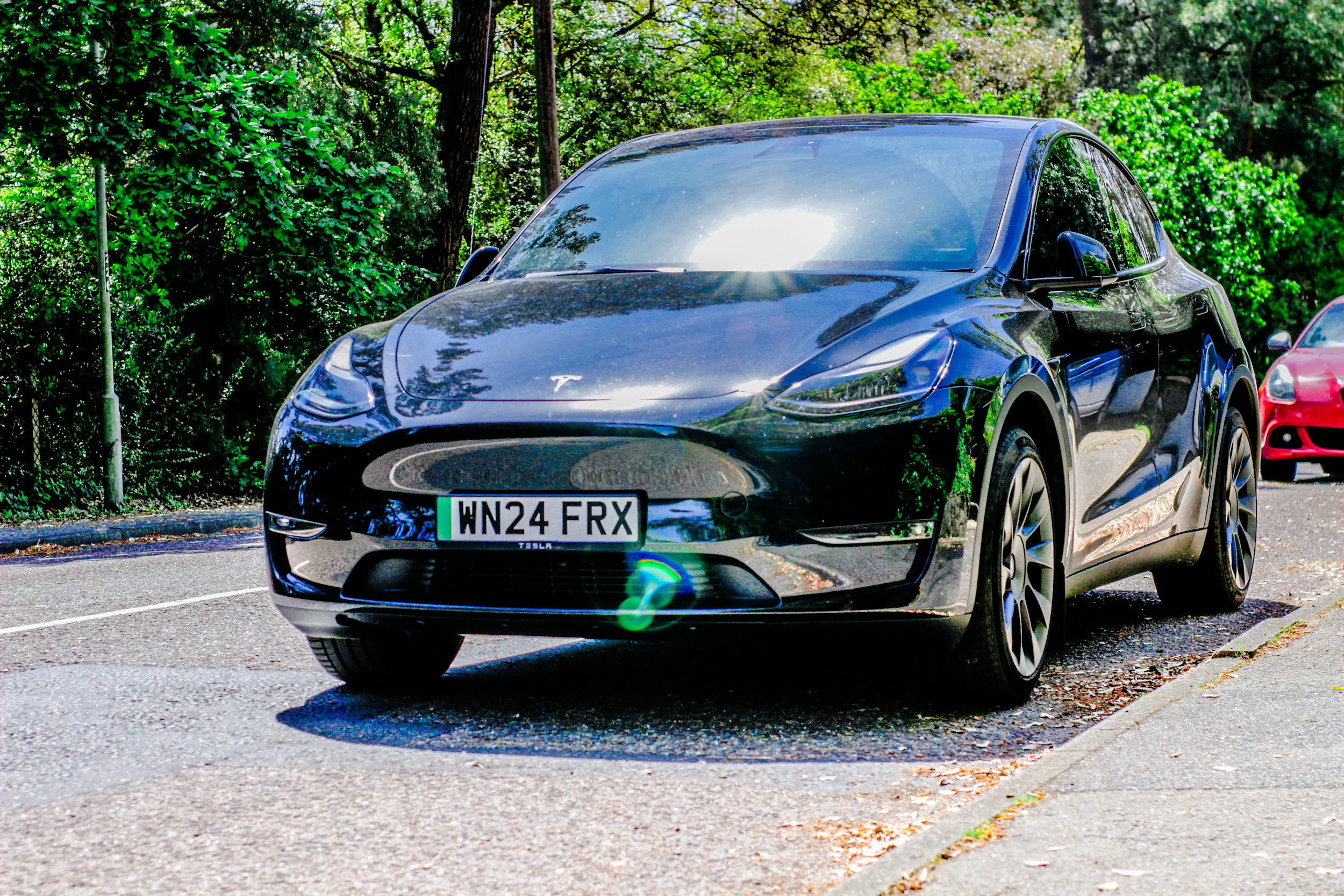How The EV Transition Is Being Ruined By Greed
The electric vehicle revolution was supposed to represent clean, accessible, and sustainable transportation, a break from the oil-dependent, planned-obsolescence model of traditional automakers. Instead, what we’re getting is a dystopian nightmare of subscription-locked features, artificially inflated battery costs, and vehicles designed to fail just outside of warranty.
If you thought the EV transition is driven purely by environmental idealism, think again. The 'noble' transition, it's sad to say, is being hijacked by corporate greed.
Automakers have taken what should have been a transportation revolution and turned it into a profit-maximization scheme. No longer content with just the business of selling cars, they’re selling access to cars, turning every possible function into a recurring revenue stream while ensuring that long-term ownership becomes financially unsustainable.
The very predictable result is a future where EVs are more expensive to own than gas cars, where basic features require monthly payments, and where the battery—the most critical component—is engineered to degrade on cue.
The Battery Swindle: Designed to Die

The heart of any EV is its battery, and here’s where the first betrayal occurs. While lithium-ion technology has advanced enough to theoretically last 500,000 miles or more, most automakers are deliberately throttling battery longevity to ensure replacement cycles align with their bottom lines.
If this sounds like a bold claim (one that taps into a real tension between technological potential and corporate incentives), let’s unpack it with what we know.
We know that lithium-ion batteries can last a long time, especially under real-world driving conditions. We know this because a recent study by the SLAC-Stanford Battery Center found that EV batteries may last 30–40% longer than previously estimated, thanks to the stop-and-go nature of everyday driving, regenerative braking, and long idle periods.
So the tech is definitely capable.
As for automakers deliberately throttling battery longevity, we admit we've got no hard, public evidence of a coordinated effort to shorten battery life for profit - some practices definitely raise eyebrows.
Battery management systems (BMS) often limit full charging or discharging to preserve battery health, but they can also be tuned to prioritize performance or warranty targets over maximum lifespan. So, why not?
And what about software-locked range? Some EVs ship with batteries that are physically capable of more range, but access is restricted unless you pay for an upgrade—Tesla has done this in the past.
And then there's the issue of proprietary repair policies. Some manufacturers make it difficult or expensive to replace individual battery modules, nudging owners toward full pack replacements or even new vehicles.
So while there’s no smoking gun proving “deliberate throttling,” the incentive structure certainly exists. And that’s where skepticism creeps in.
Tesla, for instance, has been caught reducing charging speeds via software updates on older vehicles to "preserve battery health". Isn't that a euphemism for slowing degradation just enough to get the car past warranty before serious capacity loss kicks in?
Meanwhile, Nissan’s early Leaf batteries notoriously degraded rapidly due to poor thermal management. Can we be blamed for understanding this is little more than a cost-cutting measure disguised as a design choice?
Even worse is the industry’s refusal to standardize battery packs. Unlike gasoline engines, where aftermarket and third-party parts are widely available, EV batteries are locked behind proprietary designs, making replacements prohibitively expensive.
A replacement battery for a Chevy Bolt can cost $15,000, effectively totaling the car if it’s more than a few years old. This isn’t an accident; it’s planned obsolescence in its purest form.
The Rise Of "Feature as a Service"

Remember when heated seats were a one-time purchase? Now, BMW, Mercedes, and Tesla are locking them behind paywalls. Want your car’s full acceleration potential? That’ll be a $20/month "performance boost" subscription. Even basic functions like remote start and regenerative braking settings are being monetized.
BMW made headlines when it introduced a subscription for heated seats in some markets, charging around $18/month. The backlash was swift, and while BMW clarified that the feature was optional and region-specific, it highlighted a growing trend.
Mercedes-Benz took it further with a $1,200/year subscription to unlock faster acceleration in its EQ electric vehicles. This “Acceleration Increase” graciously boosts 0–60 mph times by nearly a full second in some models.
Tesla pioneered this model with over-the-air upgrades, where features like Autopilot, Full Self-Driving, and even rear heated seats in some trims were locked behind paywalls. Tesla also charges for access to its Supercharger network and premium connectivity features like music streaming and live traffic.
Many have spoken out about this daylight greed. Tyson Jominy of J.D. Power noted that automakers may be using subscriptions to keep base prices low enough to qualify for EV tax credits, then upselling features post-sale.
Journalists and consumer advocates have called the trend “sneaky,” “dishonest,” and a way to make customers feel like they’re leasing their own cars.
So yes, the subscription model is real, and it’s reshaping what “ownership” means in the automotive world. This is hardly what true innovation looks like. It’s exploitation.
Automakers have realized that the software-defined nature of EVs allows them to impose a SaaS (Software as a Service) model on hardware you already own. Tesla’s "Full Self-Driving" package, which costs up to $15,000 upfront (or $200/month), is perhaps the most egregious example—a feature sold for years that still doesn’t work as advertised.
As of now, the upfront cost for FSD is $8,000, down from a previous high of $15,000. Consequently, the monthly subscription also dropped to $99/month, whether you have Basic or Enhanced Autopilot.
Tesla made these changes in 2024, apparently more in response to slowing sales than making the feature more accessible. The FSD package includes features like Navigate on Autopilot, Auto Lane Change, Autopark, Summon, and Traffic Light/Stop Sign Control, but it still requires active driver supervision and isn’t considered fully autonomous
The endgame is a future where your car’s functionality is dictated not by what you paid for upfront, but by how much you’re willing to keep paying.
The Repair Monopoly

Traditional cars allowed for a robust aftermarket and independent repair. EVs, by design, are pushing toward complete manufacturer control. Tesla’s refusal to share diagnostic tools, GM’s encrypted ECU systems, and Ford’s VIN-locked components mean that even simple fixes require dealership approval.
The right-to-repair movement is fighting back, but automakers are lobbying hard to keep their monopoly. Why? Because if they control all repairs, they control the entire ownership lifecycle and can price-gouge accordingly.
The most insidious part of this greed-driven transition is how it undermines the actual environmental benefits of EVs. By designing batteries to fail prematurely, locking out third-party recycling, and pushing consumers toward lease models that encourage frequent upgrades, automakers are ensuring that EVs create more waste than they save.
A true sustainable EV future would prioritize:
- Standardized, repairable battery systems
- No software-locked features
- Affordable, long-lasting ownership
Instead, we’re getting the worst of both worlds: the illusion of green transportation masking the same old corporate profiteering.
The Way Forward

To reclaim the promise of electric mobility, we must dismantle the digital shackles masquerading as innovation. First, mandate open-source EV software frameworks (comparable to the telecom sector's interoperability standards), forcing automakers to expose APIs for diagnostics, repairs, and upgrades. Without this, we’ll never break the subscription death grip.
Second, nationalize battery specifications. Just as OBD-II was standardized in the '90s, we need universal modular battery architectures; interchangeable across brands, upgradeable, and third-party serviceable. This would gut the planned obsolescence model overnight and birth a thriving aftermarket economy.
Third, legislate a “Right-to-Own” bill: if you buy a car, you own every function within it. No gated heated seats or paywalled horsepower. Locking features behind subscriptions should be illegal once physical hardware is installed. If not, it’s fraud, not innovation.
Fourth, flip EV tax credits. Don’t reward automakers; reward vehicles that meet open-access benchmarks. No standardization? No diagnostics access? No tax credits. Let the market punish black-box greed.
And finally, fund a national EV salvage and retrofit network; public-private partnerships that repurpose “totaled” EVs with failing batteries into new lives using modular packs and open software. Think of it as a circular economy for transportation, not just tech recycling.
The industry won’t fix itself. Its margins are tied to our ignorance. But with surgical policy, radical transparency, and hardware liberation, we can still drag EVs back to their revolutionary roots, and blow the lid off one of the greatest bait-and-switches in automotive history.